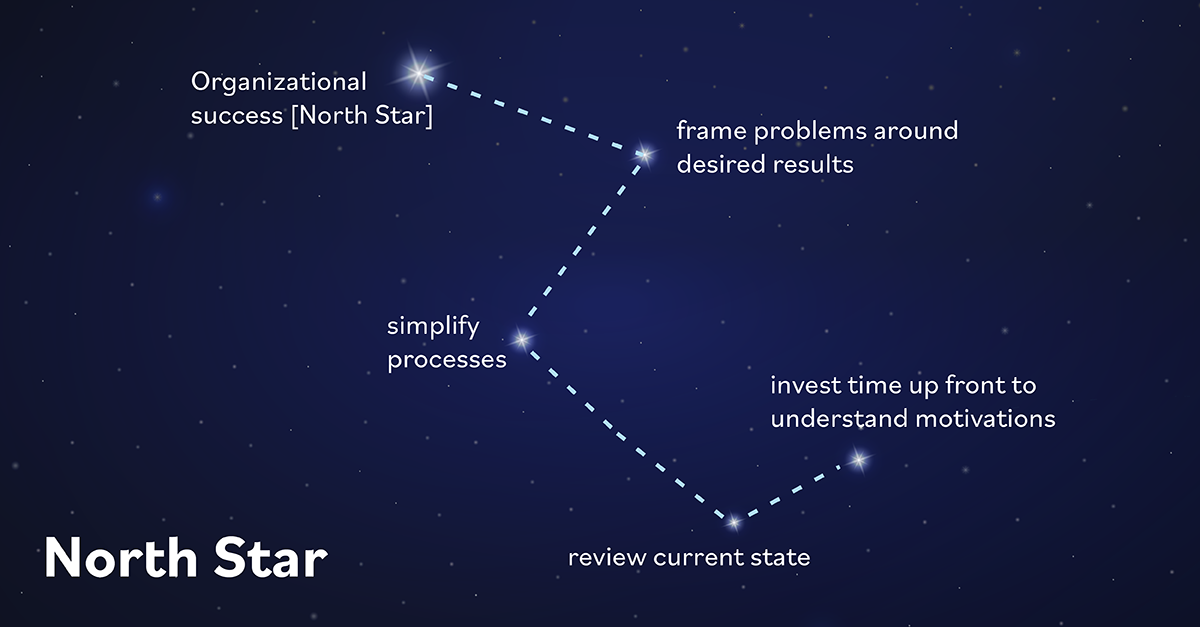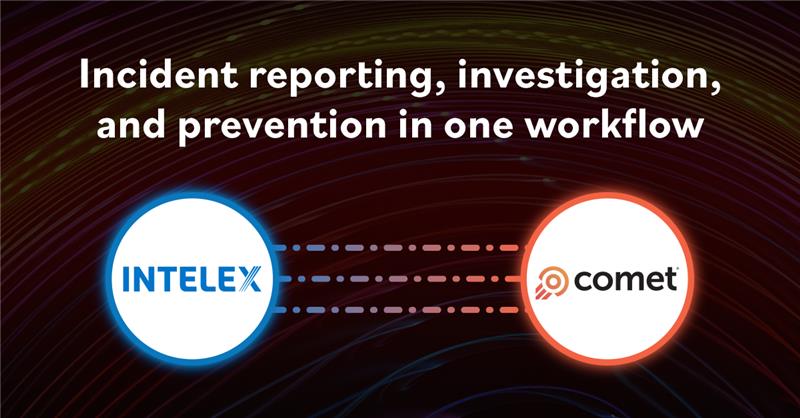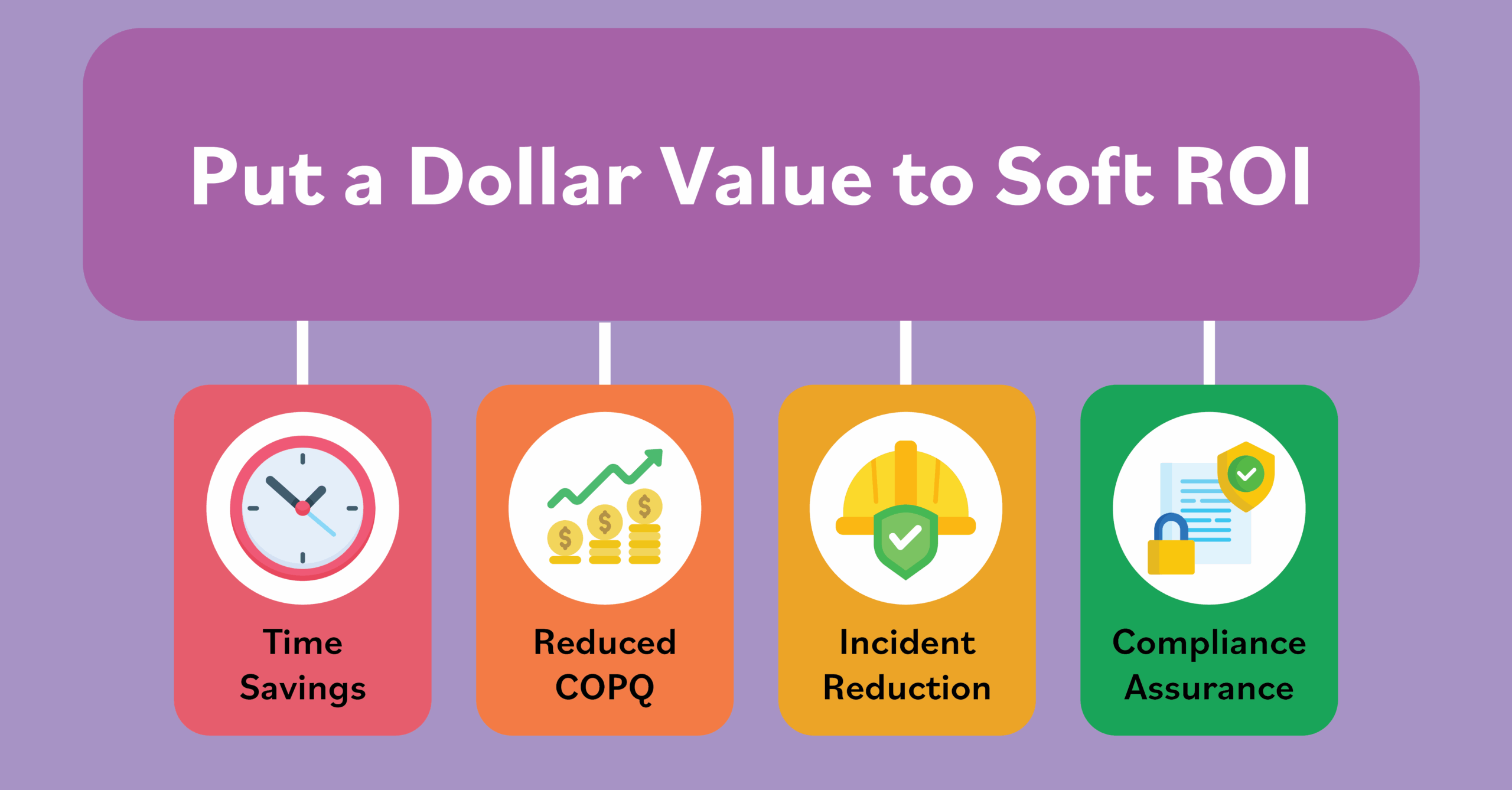Cut Costs, Not Corners: How to Pay for EHS Software
March 1, 2016
The reality is that enterprise software purchases are complex. The purchase process can be long and drawn out and include dozens, if not hundreds of factors. When it comes to making decisions around which solutions to go with, technology and technological capability are merely one subset of these factors. How to pay for new software is another and equally important element of a purchase decision you should keep in mind as well.

This is especially the case when it comes to today’s software landscape. The cloud and SaaS have created new purchase options beyond traditional owned perpetual software licensing. This in turn has also opened up new options when it comes to the financing models used to pay for software that buyers can now consider.
You’re probably not an accountant and may only have a modest understanding of the benefits of accounting for technology investments as an operational expense versus a capital expense. As such it can be difficult to fully articulate the potential financial implications and benefits of using one or the other to account for their technology investments when vying for internal budgets and approvals.
Here is a very basic overview.
Capex vs. Opex
Capital expenditures cover any major investments in goods which will show up on an organization’s balance sheet. Any long term assets such as property, infrastructure or equipment (including owned software licenses) are considered capital expenditures and from an accounting standpoint must be depreciated over the life of the asset to reflect their current value on the balance sheet. This is typically calculated over a period of 3 to 10 years.
Operating expenditures, on the other hand, show up on a completely different set of accounting reports. These costs are included as part of your company’s profit and loss. That’s because operating expenses are related to expenses that will be incurred on an ongoing basis. Some people refer to these expenses simply as the cost of doing business.
Shifting capital expenses to operating expenses can be a clever way for organizations to stretch their budgets – at least from an accounting standpoint. This accounting flexibility is now an option for software purchases thanks to SaaS.
The table below summarizes and compares the two.
| Capital Expense (CapEx) | Operating Expense (OpEx) | |
| Purpose | Assets purchased with a useful life beyond the current year. | Ongoing costs to run a business |
| When Paid | Lump sump up front | Monthly or annually recurring |
| When Accounted For | Over a 3 to 10 year lifespan as the asset depreciates. | In the current month or year |
| Listed As | Property or equipment | Operating cost |
| Tax Treatment | Deducted over time as asset depreciates | Deducted in the current tax year |
| Example | Buying a laser printer | Buying toner for printer |
Benefits of Opex
In these challenging economic times, many organizations are in the pursuit of maintaining a lean balance sheet to preserve cash flow. As a result many organizations, including yours, may be paring back or freezing new CapEx investments, opting instead wherever possible to fund projects from OpEx budget. From a technology perspective, these decisions on what should or should not be a capital asset are also influenced by the rapid changes inherent in modern technology. New hardware runs faster, uses less energy and provides more cores every year, likewise SaaS platforms often employ rapid upgrade cycles with a constant influx of improvements. In that context it doesn’t make sense to sink money into technology that could be obsolete by the very next model.
Moving software purchases to a more flexible SaaS model and the resulting flexibility in how an organization can account for these tools as an OpEx versus a CapEx is one of the many advantages that the cloud has brought to many organizations. Using your OpEx budget is a great way to help your organization do more with less. Less headaches from unexpected hardware failures, less headaches from software patches gone wrong, and ultimately less headaches for your accounting team as well. It’s a win-win, for you, for your CIO and your CFO as well.
FAQs about CapEx vs OpEx
How does the SaaS model for EHS management software affect the ability to customize the software to meet specific organizational needs and processes, and what are the options for customization or integration with existing internal systems?
The SaaS model for EHS management software typically offers a range of customization options to fit the specific needs and processes of an organization. These customizations can range from simple user interface tweaks to complex workflow adjustments that align with your company’s operational procedures. One of the benefits of SaaS solutions is their inherent flexibility; many are designed to be configurable to suit different business requirements without needing extensive coding or IT resources.
SaaS EHS platforms often provide application programming interfaces (APIs) that facilitate integration with other internal systems your organization might use, such as HR databases, enterprise resource planning (ERP) systems, or other productivity tools. This integration is critical for ensuring that data flows seamlessly between systems, providing a unified view of EHS-related information and reducing the risk of data silos.
However, it’s important to recognize that while SaaS solutions offer a degree of customization, there may be limitations compared to fully bespoke systems. Therefore, it’s crucial to engage with the software provider to understand the scope of customization and integration capabilities they offer. This involves discussing your specific requirements, the complexity of your EHS processes, and any unique compliance needs that the software must meet.
Build your own custom demo tour and explore the innovative features designed to streamline your EHS processes. Our intuitive demo builder allows you to select the modules and functionalities that matter most to your business, giving you a realistic look at how our platform can fit into your daily operations.
What are the implications of choosing SaaS for EHS management software in terms of data security and compliance with industry-specific regulations (e.g., OSHA, EPA)?
Regarding the implications of choosing Software as a Service (SaaS) for EHS management software, data security, and compliance with industry-specific regulations, it’s essential to understand that SaaS providers typically take on the responsibility of ensuring their platforms are secure and compliant with relevant standards. However, as an EHS manager, you’ll need to conduct due diligence to ensure the SaaS solution you choose meets the specific compliance requirements of OSHA, EPA, or other relevant regulatory bodies. This often involves reviewing the provider’s security certifications, data protection policies, and any compliance attestations they may have. You should also inquire about their data breach protocols and the ability to conduct regular security audits.
How does the transition from CapEx to OpEx for technology investments affect the long-term strategic planning for EHS initiatives within the organization, especially regarding the scalability and integration of EHS systems?
Transitioning from CapEx to OpEx for technology investments can have a significant impact on long-term strategic planning for EHS initiatives. With SaaS, the scalability and integration of EHS systems become more flexible, allowing organizations to adapt to changing needs without the constraints of large, upfront capital investments in hardware and software. This means you can more easily scale up or down as your EHS requirements change, integrating new functionalities or systems as they become necessary. The pay-as-you-go nature of OpEx also allows for more predictable budgeting and can free up capital for other strategic investments. However, it’s important to consider the total cost of ownership over time, as ongoing subscription fees can add up.
Download this FREE whitepaper and learn about the pros and cons of buying commercial software versus building your own.






